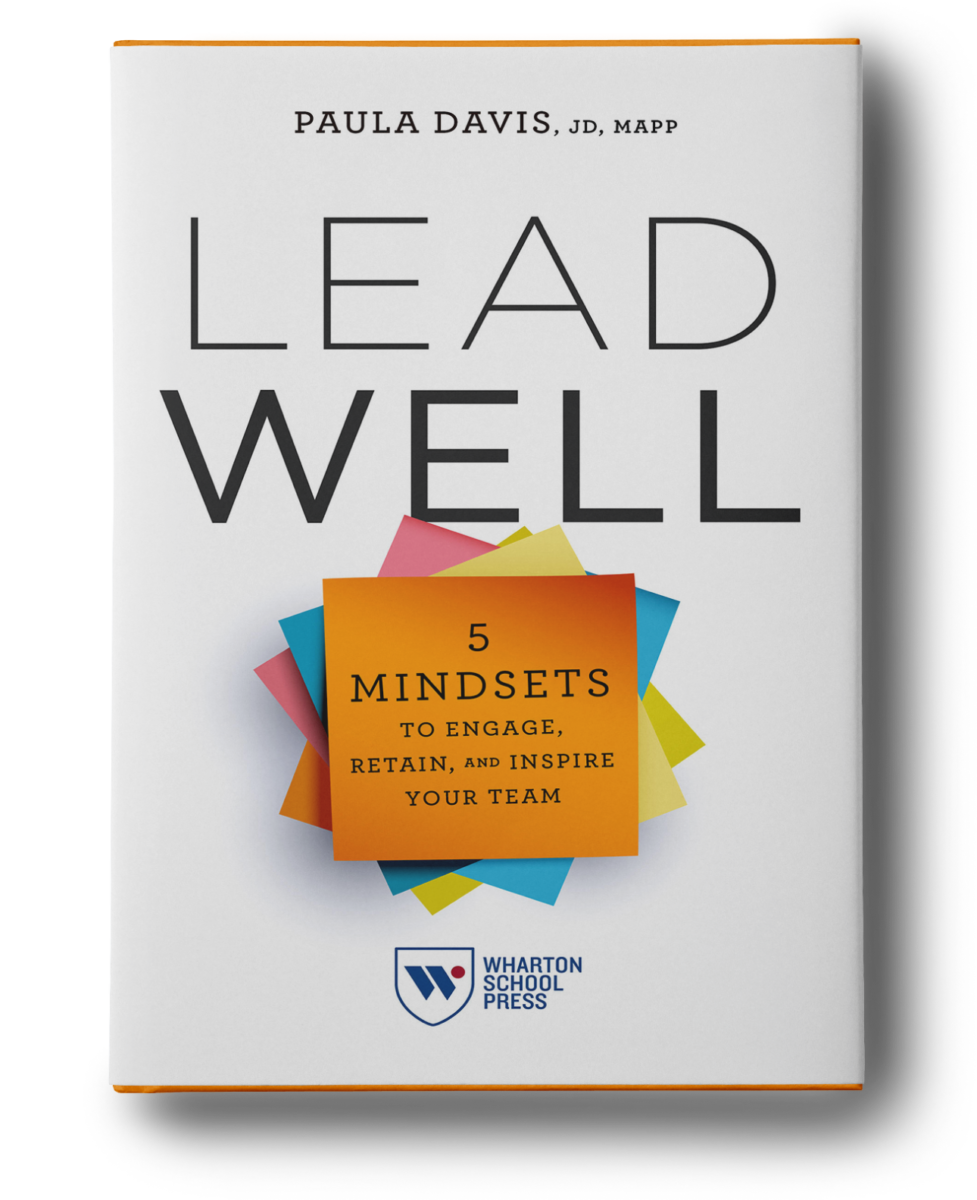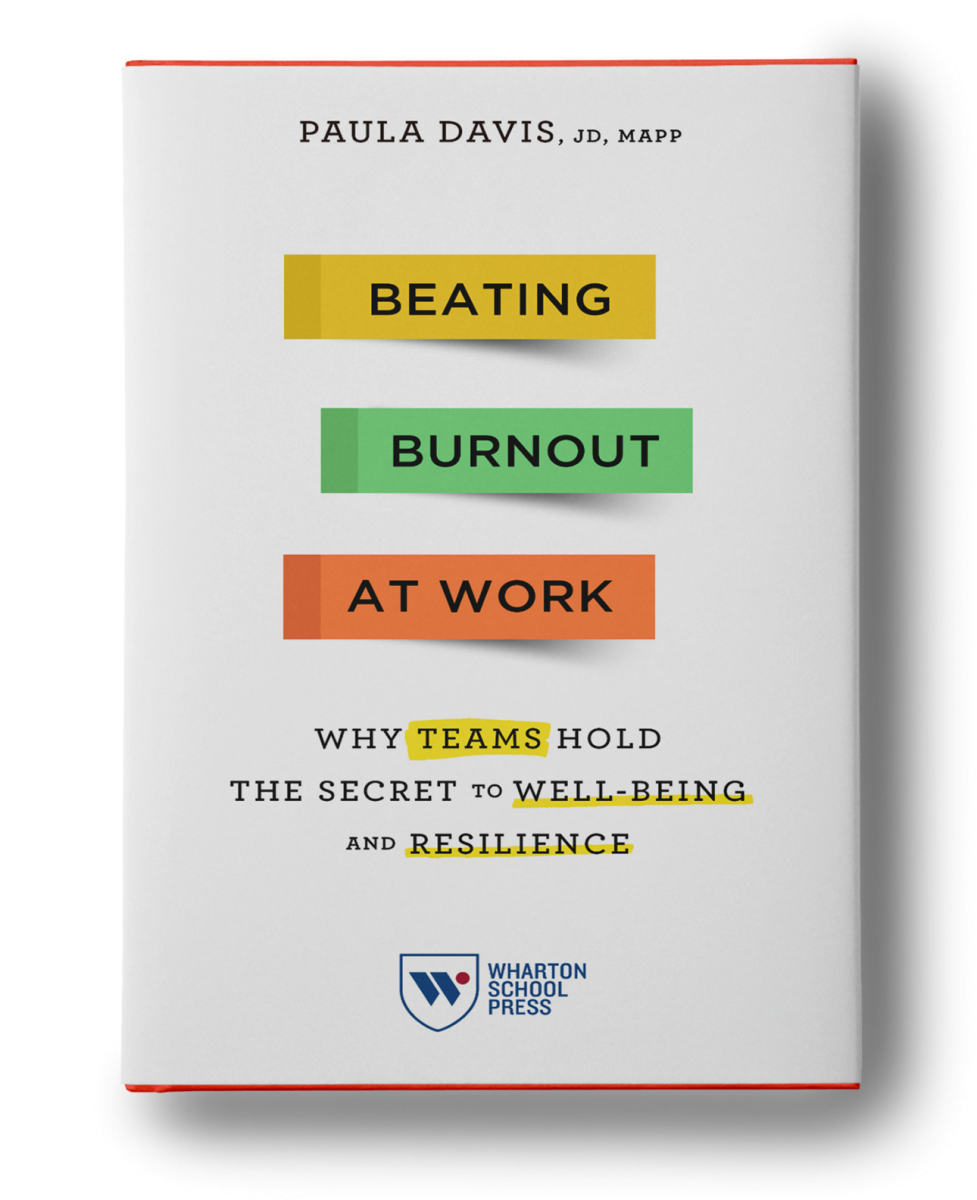Flextime & Autonomy
One of the big benefits of flextime is autonomy – getting to have a say so in how you spend your time. Businesses that supported an autonomous environment grew at four times the rate of control-oriented companies and had one-third the turnover (Baard, Deci & Ryan, 2004). Further, workers with high role stress combined with low autonomy have been shown to have higher levels of burnout (Kim & Stoner, 2008). Autonomy can be a double-edged engagement sword. Getting to call the shots in how you spend your time is empowering and motivating, but can you have too much autonomy? When I worked from home, I loved planning out my time and projects, but some days were busier than others. When I wasn’t actively working, I noticed certain distractions (oh look, there’s dust – I should vacuum). Those distractions actually hurt my productivity in the long run.
The combination of autonomy and social support at work is particularly powerful. When mothers of young children who also held demanding jobs experienced both high personal empowerment (defined in the study as enhanced self-esteem and a sense of mastery and autonomy) and a supportive work-family culture at the workplace, burnout levels were lower (Braunstein-Bercovitz, 2013). Is your workplace structured in such a way as to deliver you this potent combination?
Flextime & Health Goals
What about your health goals? Having flextime means that you’ll finally be able to start exercising regularly, too, right? Not so fast. New research detailed in the latest issue of the APA Monitor on Psychology suggests that flextime doesn’t appear to improve the health habits of women who also experience high levels of conflict between their work and family roles. When work-family conflict is high, women with a great deal of flextime actually exercised less, and patterns of going out to eat or buying prepared meals stayed the same. The researchers suspected that rather than spend time on achieving health-related goals, these women may have used that time to address their children’s needs.
Without question, more and more employees are asking their employers for more flexibility, but does flextime really decrease rates of burnout and lead to better health outcomes? What do you think?
Journal of Applied Social Psychology, 34, 2045-2068. See also Daniel H. Pink, Drive 91 (New York, NY: Penguin Books 2009).
Bakker, A.B., Demerouti, E., & Euwema, M.C. (2005). Job resources buffer the impact of job demands on burnout. Journal of Occupational Health Psychology, 10(2), 170-180. Bakker, A.B., Demerouti, E., & Sanz-Vergel, A.I. (2014). Burnout and work engagement: The JD-R approach. Annual Review of Organizational Psychology and Organizational Behavior, 389-411.
Braunstein-Bercovitz, H. (2013). A multidimensional mediating model of perceived resource gain, work-family conflict sources, and burnout. International Journal of Stress Management, 20(2), 95-115. Clay, R.A. (September 2015). The changing workplace. Monitor on Psychology. American Psychological Association. Kim, H., & Stoner, M. (2008). Burnout and turnover intention among social workers: Effects of role stress, job autonomy, and social support.







